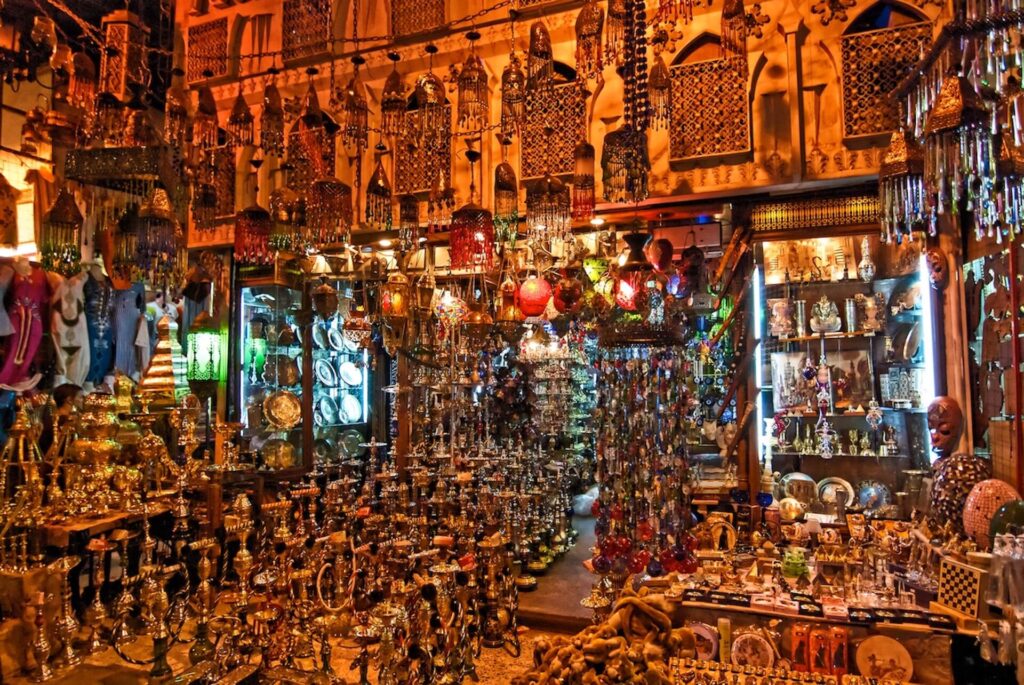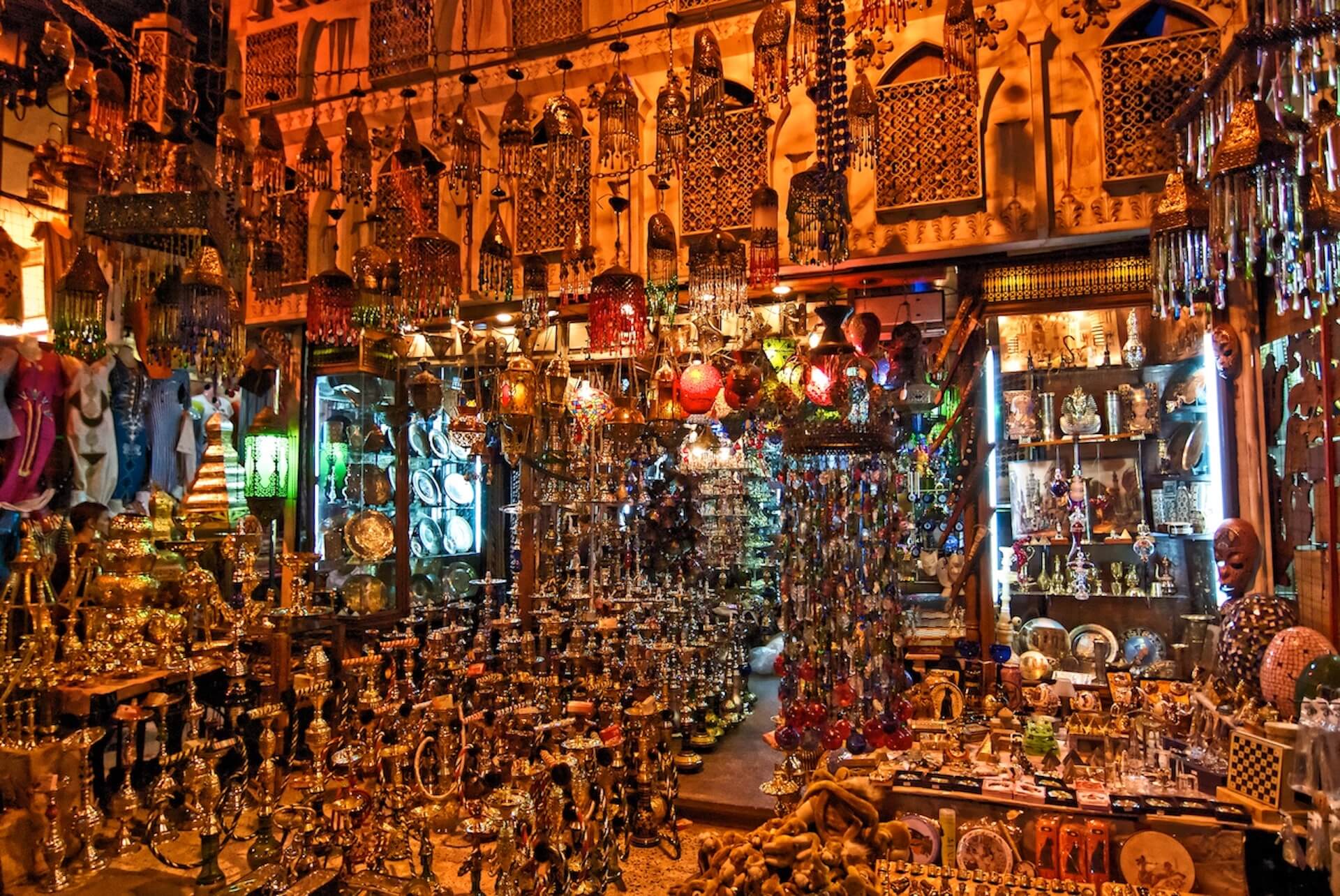Al-Muizz Street Cairo 2025 – Top Fatimid-Era Islamic Attractions in Egypt

Al-Mu’iz Street for the Fatimid Religion
Al-Mu’iz Street, dedicated to the religion of God Al-Fatimi, is the heart of ancient Cairo and has been restored as an open-air museum showcasing Islamic architecture and monuments. During the rule of the Egyptian Fatimid state, Al-Mu’iz Street emerged and was called the Great Street. Eventually, in 1937, it was named in honor of Cairo’s founder, Al-Mu’iz, associated with the religion of God.
Al-Mu’iz Street, the Religion of God – Cairo
The street extends from Bab Al-Fotoula gate, including the streets of Bab Al-Foutouh, Prince of the Armies, Copper Street, between the two palaces Al-Sagagha, Ashrafieh, Al-Shawayin, Al-Aqadin, Al-Mukhali and Al-Munjadin, Al-Sukkariya, to Bab Zawila. The current name honors the Fatimid Caliph, beloved of God’s religion. In earlier times, it was called the Cairo Kasbah.
The transformation Cairo experienced
During the transformation Cairo experienced in the early 7th/13th century AD under the Mamluks and the beginning of the Tatar attacks on the East and Iraq, many sought refuge in Egypt, and new areas were built outside Cairo’s walls.
The emerging neighborhoods surrounded the Fatimid Wall of Cairo, and Al-Mu’iz Street was filled with numerous religious, educational, medical, commercial, and private institutions. Most of Egypt’s Islamic monuments from the Mamluk period were within Cairo’s boundaries.
During this time, economic activity centered around Al-Mu’iz Street and the famous Zawla gate leading towards the citadel.
If you seek an Islamic spiritual journey during the blessed month of Ramadan, just visit the Fatimid religion’s Al-Mu’iz Street. If you are looking for a place with a strong spiritual atmosphere, this wonderful place is a must-visit.
There are many restaurants in this ancient Egyptian area offering unique Egyptian dishes, reasonable prices, and distinctive products. Egyptians are naturally known for their hospitality.
Tour Highlights
A short tour of Al-Mu’iz Street’s sights in Cairo runs from Bab Al-Fotouh to Bab Zawila (or vice versa). It is truly an Islamic historical journey through open-air sites that you won’t forget, promising that you will want to visit Egypt again.
Discover Architectural Marvels on Al-Muizz Street
Walking down Al-Muizz Street in Cairo feels like stepping into a living museum of Islamic architecture. This iconic street, considered one of the oldest and most culturally rich streets in Old Cairo, features a dazzling array of monuments, including mosques, madrasas (Islamic schools), sabils (public water fountains), and caravanserais. Each structure tells a unique story from Egypt’s Islamic golden age, particularly the Fatimid and Mamluk eras. Notable sites include Al-Hakim Mosque, Qalawun Complex, Sultan Al-Ghuri Mausoleum, and Bayt Al-Suhaymi, a stunning example of Ottoman-era residential design. Many of these sites have been beautifully restored to preserve their intricate calligraphy, stone carvings, and colorful mosaics. Tourists and photographers flock to this vibrant corridor not only for its historical significance but also for the spiritual ambiance that lingers in its air, especially during the holy month of Ramadan when the street comes alive with lanterns, prayers, and festivities.
Best Time to Visit Al-Muizz Street and What to Expect
The best time to explore Al-Muizz Street Cairo 2025 is during early morning or late afternoon to avoid the midday heat and enjoy better lighting for photography. Fridays and Ramadan evenings are especially magical, with locals and tourists gathering to enjoy traditional music, street performances, and food stalls. Visiting during cultural festivals or heritage weeks can enhance the experience with guided tours and exhibitions. Al-Muizz Street is a pedestrian-friendly zone, offering safe and leisurely exploration on foot. Be sure to wear comfortable shoes, bring a camera, and prepare to immerse yourself in centuries of Islamic history. Whether you’re a history buff, architecture lover, or spiritual traveler, Al-Muizz Street promises a journey into Cairo’s glorious Islamic past.
Note: The Islamic Hijri calendar differs from the Gregorian calendar in calculating months, as it follows the lunar cycle around the Earth, causing variations in month lengths between 29 and 30 days, unlike the solar-based Gregorian calendar.

